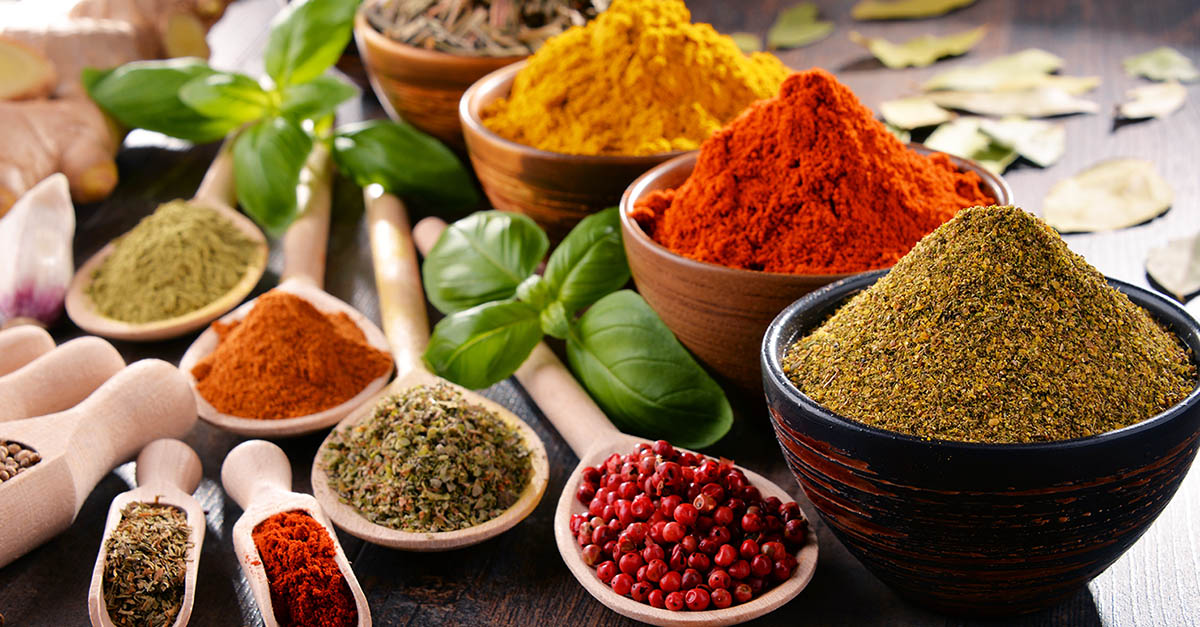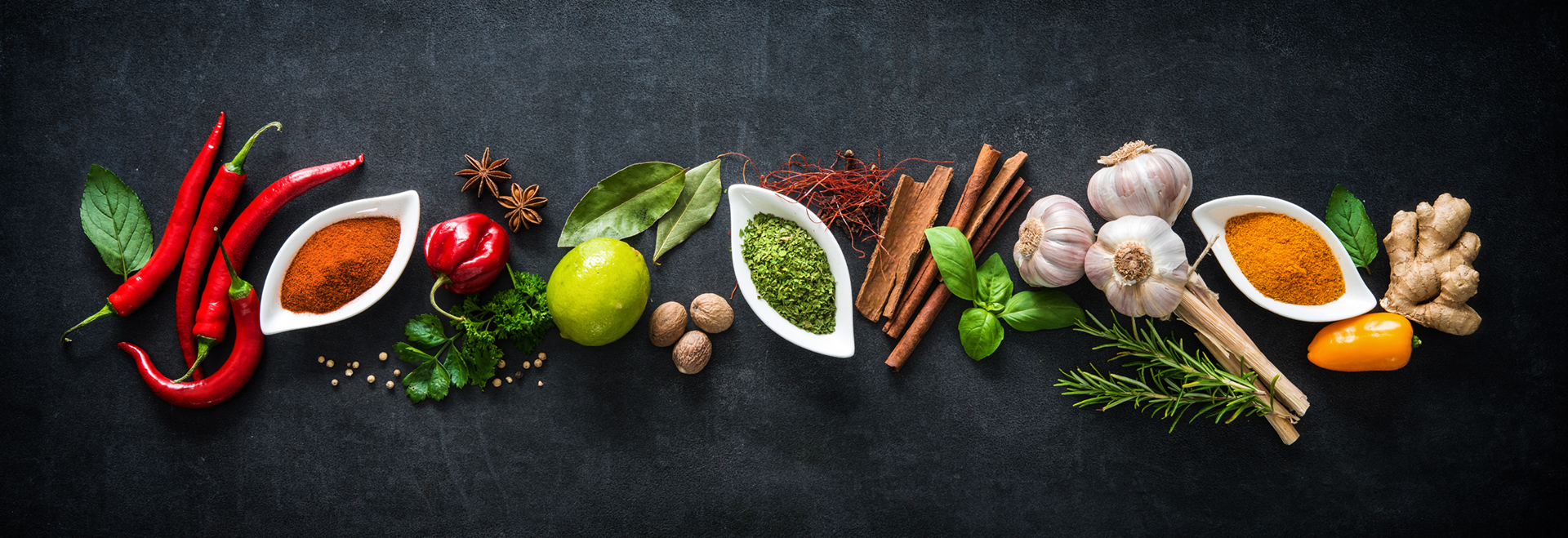
Market outlook February 2024
The raw material market has mostly stabilized towards the end of the year and the prices of various raw materials have fallen due to improved availability and lower costs. However, in several countries labour costs have risen due to inflation and the availability of labour.
Problems with raw materials from the Far East are caused by the situation in the Red Sea and the Suetz Canal. Houthi rebel attacks by ships have caused shipping companies to tour through Africa to Europe. This has caused delays in raw material flow and increased costs. Prices of sea freight have risen strongly since the turn of the year. The Chinese New Year in mid-February will also cause an increase in transportation demand and there have been challenges in the availability of ship capacity and sea containers.
Transport costs have also increased in Europe with new surcharges. The German road tax (Maut) rose to 1.12.2023 and it also affects transit traffic in Germany. Many Eastern European countries have also raised road tolls at the turn of the year. The ETS fee for transport, which is the European Union’s emissions trading scheme, also came into force at the beginning of the year. It aims to reduce greenhouse gas emissions in industry and energy production and to prevent global warming.
CORN
Regular European corn prices have softned due to better availability and favourable planting weather in South-America and good production estimate in US has soften corn futures also in Europe. In Europe Specialty corn, like waxy maize premiums have increased in order to secure future acreage in competition of alternative crops.
WHEAT
Wheat future prices decreased in December due to less demand. Plantings for the winter crop will delay in Europe. The black sea corridor deal was not extended after it expired. Ukraine is still continuing exports via smaller ports with access to Romania and Poland. China might buy wheat in future from Europe due to its domestic supply issues.
POTATO
Potato crop was suffering from heavy rains especially in Finland, part of the crop could not been harvested due to wet fields. In Europe also wet weather reduced potato crops. Acreage for potato has been decreased in Europe.
TAPIOCA
Thailand tapioca crop output declined in 2023. Low inventory levels keeps cost high. There are concerns of the draught caused by El Nino weather phenomenon in Thailand prices are forecasted to be in high level. Seafreight is also increasing.
RICE
Rice based products have been increased due to dry weather in Thailand and Vietnam. India annouced a ban and export destrictions for some rice qualities.
SOY
Global soyabean production is forecasted to increase. Weather conditions in Brazil remains the major driver in the soybean market for crop outlook for coming season. Favourable plantings in Argentina and a good US crop have improved global supply. Chinese soy production is also forecasted to increase.
DAIRY PROTEINS
Dairy protein prices were on the rise at the end of the year. Variations in demand affects the price level. Prices of whey-based proteins have been on the rise due to increased demand from outside Europe.
EGG PRODUCTS
At the end of the year, prices of egg products were on the rise in Europe, although they have come down from the highest price level. Reasons for the rise have included supply restrictions caused by avian influenza and increased feed costs. The demand for eggs as a cheap source of protein has also increased.
MEAT PROTEINS
Meat protein prices have decreased due to better supply and lower demand of meat.
SUGAR
Global sugar production is projected to decline due to the strengthening El-Nino weather phenomenon in producing countries, as well as due to the global sugar deficit in the following years. In Europe and Brazil, the late start of the harvest season raised the price level. For example cultivated area has been reduced in France. In the Nordic countries, the yield was about 15% lower. Rains were a nuisance at harvest time. The price level for sugar remains high.
PHOSPHATES
The prices of phosphate raw materials have been declining due to lower energy and production costs. Sea freight can have an upward effect on the price level.
CARRAGEENANS
The price of seaweed as raw material for carrageenan has been declining and availability is better.
FOOD ADDITIVES
The general demand of all products declined in the last few months in China. The lower demand has influenced a decrease in prices. How ever freight from Asian routes has increased significantly in last weeks due to attacks at red sea and this will increase costs for food additives from China.
ONION AND GARLIC
Previous white Onion crop in India was lower due to reduced acreage and unfavourable weather condition. Farmers switched to red onion due to better pricing. Prices were firming towards end of last year. New crop in India will be in March. Currently costs are increasing due to higher seafreight prices.
Garlic prices have increased in China because of weather conditions end last year. There has been more demand for fresh garlic and based on these reasons also speculation has increased. Higher seafreight is increasing the cost.
PEPPERS
Pepper prices have fallen slightly as global production and demand have been in balance. However, security stocks are currently declining. Farmers have also switched to other crops. One the major importing countries, China has purchased about 40% of Vietnam’s production.
The cost of producing peppers has risen and interest rates are high. In general, the production volumes of peppers are falling and demand is increasing. Higher price level is anticipated in the future. Transport costs are increasing due to higher seafreight costs.
PAPRIKA PRODUCTS
The price level of paprika powder has been stable. The price level for red bell pepper flakes has been on a downward trend however due to its origin freight costs are increasing.
TOMATOPOWDER
The price level of tomato powder has remained at the current high level. Current stocks are low and demand is rising. Farming costs have also risen due to the high level of interest rates, in addition to Co2 issues raise costs. The price of energy has a significant impact on the cost of growing tomatoes and there is a scarcity of water resources.
SPICES
Cumin seed ground pricing has increased due to very bad crop in India also there has been less EU-compliance material available. Chili prices have slightly increased mainly related to production and transport cost increases.
HERBS
In general prices of herbs have increased related to crops. Production costs have risen and inflation is high in the producing countries The prices of basil and marjoram are on the rise due to smaller crop. Demand is higher and stocks from the previous year are low. In Oregano, safety stocks have been good but pyrrolizidine alkaloids have caused problems with the availability of good quality oregano. Farmers have reduced acreage due to the current increase in costs and the price level of oregano. Dill, parsley and chive have also increased due to increased production cost and also transport costs are higher for these bulky items.



